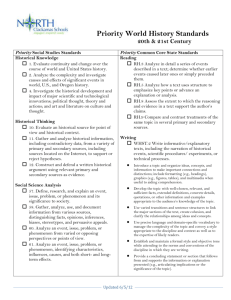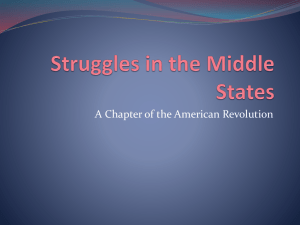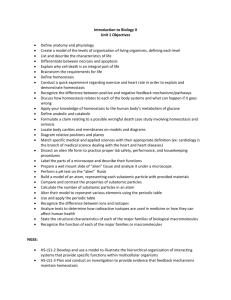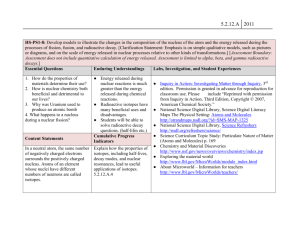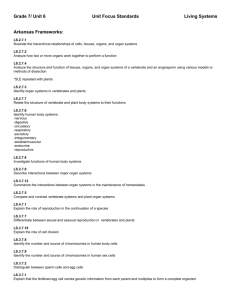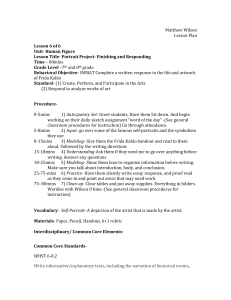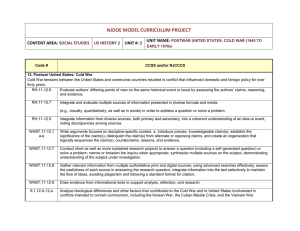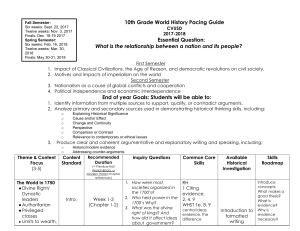Priority Government Standards
advertisement
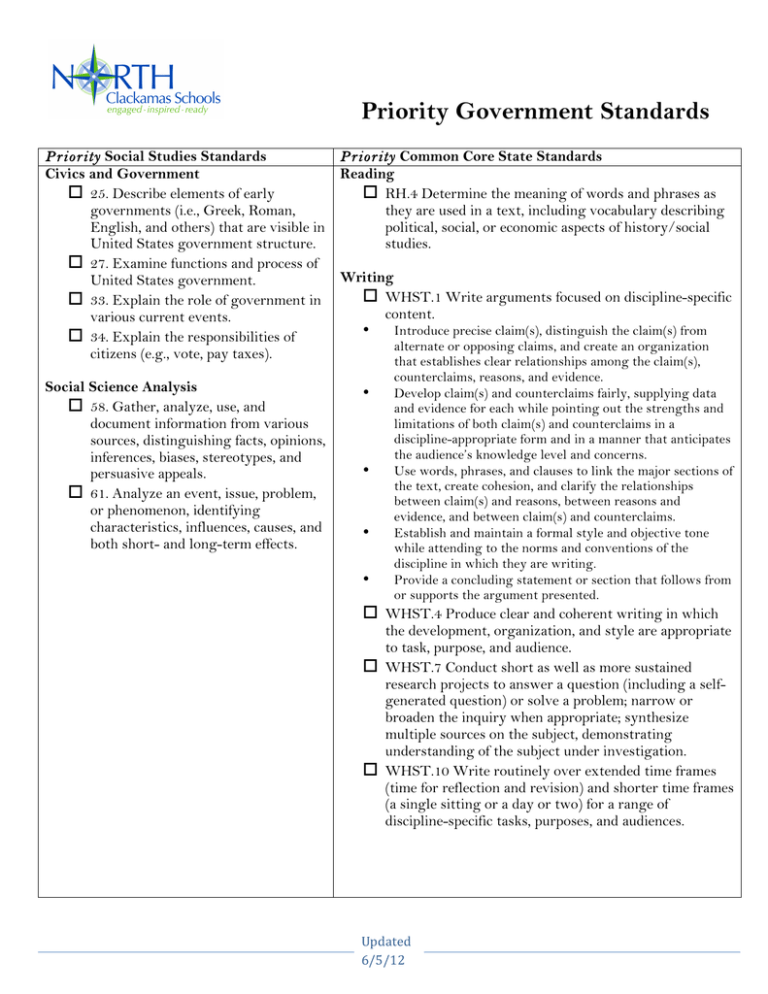
Priority Government Standards Priority Social Studies Standards Priority Common Core State Standards Civics and Government Reading 25. Describe elements of early RH.4 Determine the meaning of words and phrases as governments (i.e., Greek, Roman, they are used in a text, including vocabulary describing English, and others) that are visible in political, social, or economic aspects of history/social United States government structure. studies. 27. Examine functions and process of Writing United States government. WHST.1 Write arguments focused on discipline-specific 33. Explain the role of government in content. various current events. • Introduce precise claim(s), distinguish the claim(s) from 34. Explain the responsibilities of alternate or opposing claims, and create an organization citizens (e.g., vote, pay taxes). that establishes clear relationships among the claim(s), Social Science Analysis 58. Gather, analyze, use, and document information from various sources, distinguishing facts, opinions, inferences, biases, stereotypes, and persuasive appeals. 61. Analyze an event, issue, problem, or phenomenon, identifying characteristics, influences, causes, and both short- and long-term effects. • • • • counterclaims, reasons, and evidence. Develop claim(s) and counterclaims fairly, supplying data and evidence for each while pointing out the strengths and limitations of both claim(s) and counterclaims in a discipline-appropriate form and in a manner that anticipates the audience’s knowledge level and concerns. Use words, phrases, and clauses to link the major sections of the text, create cohesion, and clarify the relationships between claim(s) and reasons, between reasons and evidence, and between claim(s) and counterclaims. Establish and maintain a formal style and objective tone while attending to the norms and conventions of the discipline in which they are writing. Provide a concluding statement or section that follows from or supports the argument presented. WHST.4 Produce clear and coherent writing in which the development, organization, and style are appropriate to task, purpose, and audience. WHST.7 Conduct short as well as more sustained research projects to answer a question (including a selfgenerated question) or solve a problem; narrow or broaden the inquiry when appropriate; synthesize multiple sources on the subject, demonstrating understanding of the subject under investigation. WHST.10 Write routinely over extended time frames (time for reflection and revision) and shorter time frames (a single sitting or a day or two) for a range of discipline-specific tasks, purposes, and audiences. Updated 6/5/12 Support Social Studies Standards Support Common Core State Standards Civics and Government 24. Analyze and critique the impact of constitutional amendments. Reading RH.1 Cite specific textual evidence to support analysis of primary and secondary sources, attending to such features as the date and origin of the information. 26. Define and compare/contrast United States republican government to direct democracy, socialism, communism, theocracy, oligarchy. 28. Evaluate how governments interact at the local, state, tribal, national, and global levels. 29. Examine the structures and functions of Oregon’s state, county, local and regional governments. 30. Analyze the roles and activities of political parties, interest groups and mass media and how they affect the beliefs and behaviors of local, state, and national constituencies. 31. Describe United States foreign policy and evaluate its impact on the United States and other countries. 32. Examine and evaluate documents and decisions related to the Constitution and Supreme Court decisions (e.g., Federalist Papers, Constitution, Marbury v. Madison, Bill of Rights, Constitutional amendments, Declaration of Independence). 35. Examine the pluralistic realities of society (e.g., race, poverty, gender, and age), recognizing issues of equity, and evaluating need for change. Social Science Analysis 57. Define, research, and explain an event, issue, problem, or phenomenon and its significance to society. 60. Analyze an event, issue, problem, or phenomenon from varied or opposing perspectives or points of view. 62. Propose, compare, and judge multiple responses, alternatives, or solutions to issues or problems; then reach an informed, defensible, supported conclusion. 63. Engage in informed and respectful deliberation and discussion of issues, events, and ideas. RH.2 Determine the central ideas or information of a primary or secondary source; provide an accurate summary of how key events or ideas develop over the course of the text. RH.3 Analyze in detail a series of events described in a text; determine whether earlier events caused later ones or simply preceded them. RH.5 Analyze how a text uses structure to emphasize key points or advance an explanation or analysis. RH.6 Compare the point of view of two or more authors for how they treat the same or similar topics, including which details they include and emphasize in their respective accounts. RH7. Integrate quantitative or technical analysis (e.g., charts, research data) with qualitative analysis in print or digital text. RH8. Assess the extent to which the reasoning and evidence in a text support the author’s claims. RH9. Compare and contrast treatments of the same topic in several primary and secondary sources. RH10. By the end of grade 10, read and comprehend history/social studies texts in the grades 9–10 text complexity band independently and proficiently. Writing WHST.5 Develop and strengthen writing as needed by planning, revising, editing, rewriting, or trying a new approach, focusing on addressing what is most significant for a specific purpose and audience. WHST.6 Use technology, including the Internet, to produce, publish, and update individual or shared writing products, taking advantage of technology’s capacity to link to other information and to display information flexibly and dynamically. WHST.8 Gather relevant information from multiple authoritative print and digital sources, using advanced searches effectively; assess the usefulness of each source in answering the research question; integrate information into the text selectively to maintain the flow of ideas, avoiding plagiarism and following a standard format for citation. WHST.9 Draw evidence from informational texts to support analysis, reflection, and research. Updated 6/5/12
